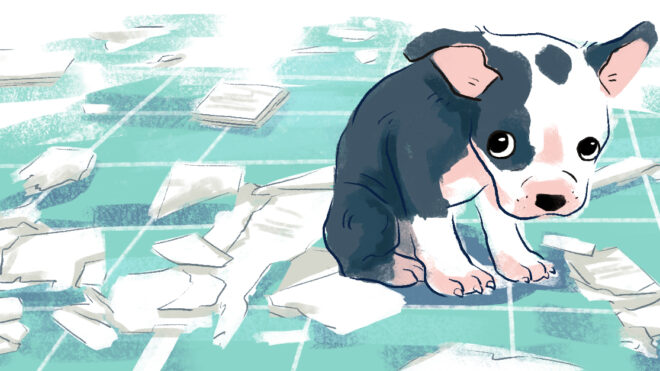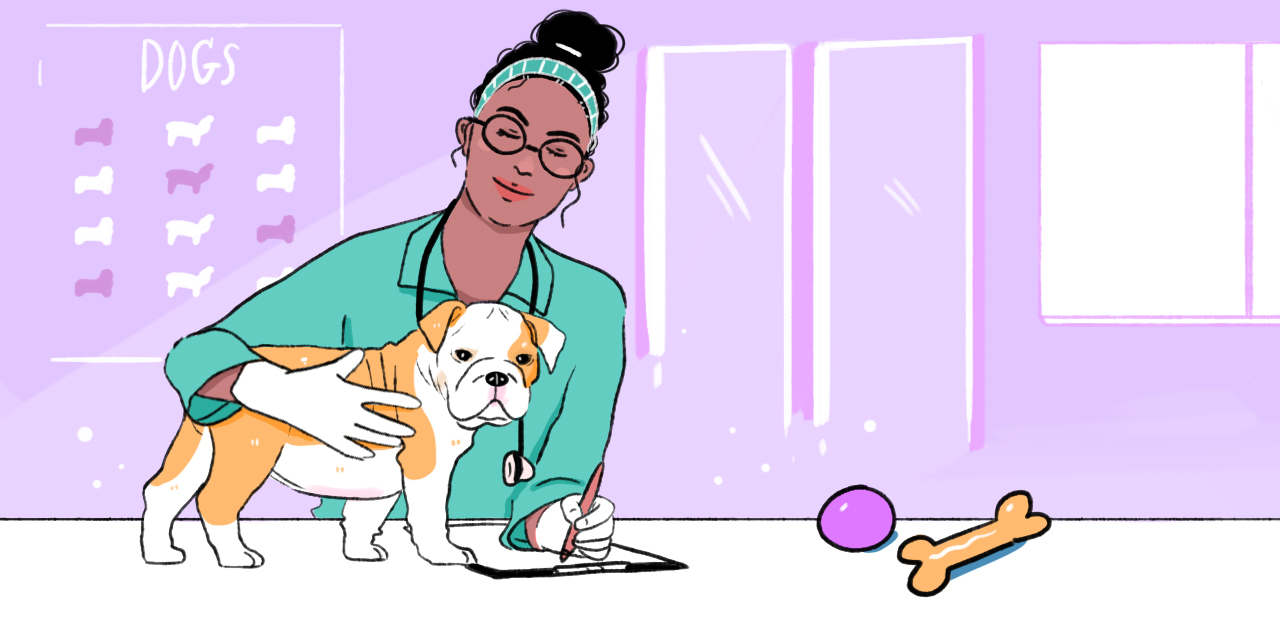
When you get a new dog, there are a few things that you absolutely need to know, like how to give them a bath, how to take care of their teeth, and how to keep them comfortable during their first few weeks. You’ll also need to potty train your puppy and you may want to crate train the little one. And you’ll definitely want to know about spaying or neutering your puppy if you don’t have any intention of breeding more babies.
While you might be aware that spaying and neutering your pet will keep them from producing more puppies in the future, you should also know about the other health and behavioral benefits. Additionally, you’ll want to be aware of when to spay or neuter your puppy (or even your adult dog), as well as how to help them heal and recuperate once the procedure is over. You might not even know what the difference is between the two procedures and have no clue which one is right for your particular puppy.
But don’t fret! Read on to find out what you need to know about spaying or neutering your puppy.
Why Spay Or Neuter Your Puppy
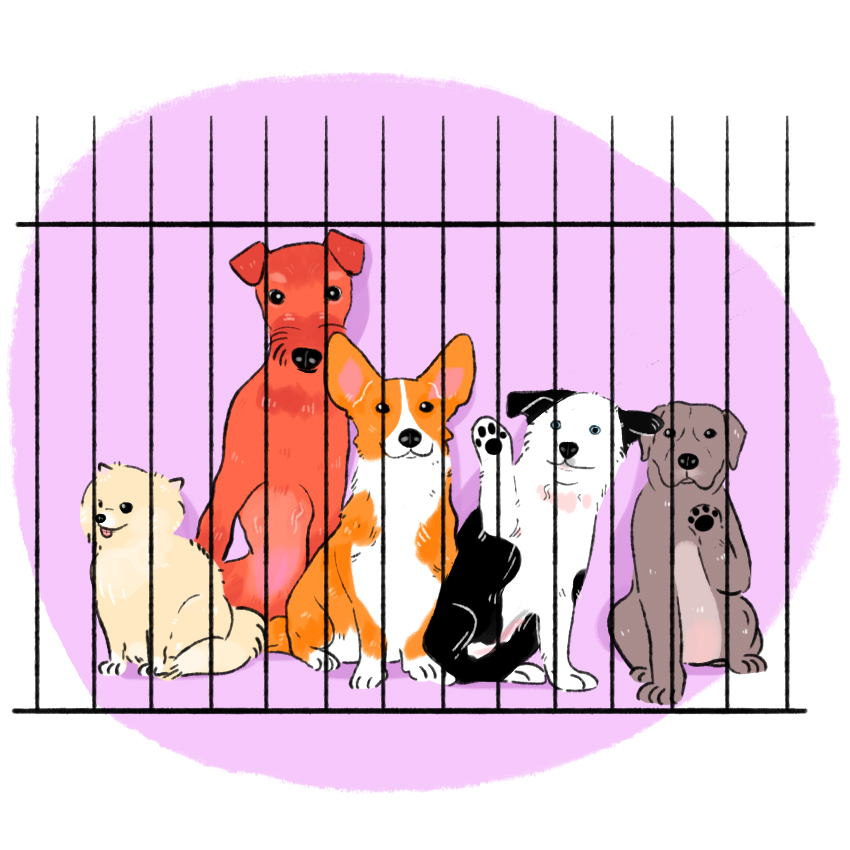
According to the American Society for the Prevention of Cruelty to Animals, approximately 3.3 million dogs enter US animal shelters nationwide every year. Sadly, around 670,000 are euthanized before they can find a forever (or furever) home. One way you can help prevent unwanted puppies, which can lead to more dogs ending up in shelters, is to spay or neuter your pet.
On top of that, when a female puppy is spayed, they will no longer go through a heat cycle. The procedure may also prevent health issues, such as mammary cancer and tumors, as well as serious infections in the uterus called pyometra.
When a male puppy is neutered, they will likely no longer display mating behavior (such as humping and unexpected aggressiveness). The procedure can also help them avoid testicular cancer and reduces the risk of prostate disease.
The Cost
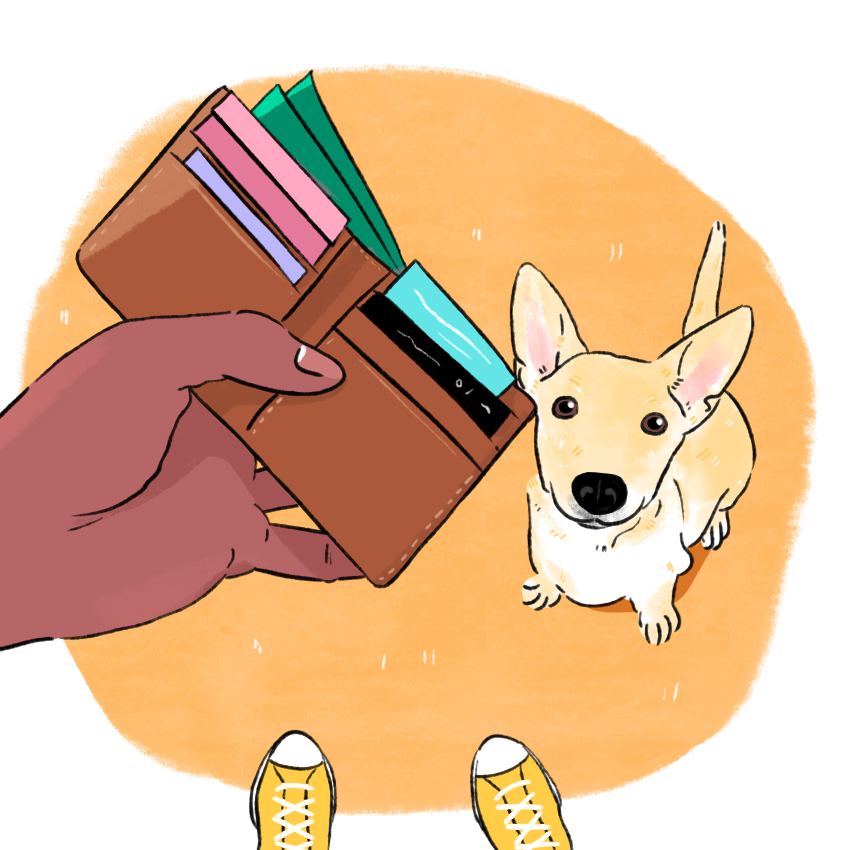
It’s a good idea to put aside money for various medical treatments and/or procedures that your pet might need. That said, it’s hard to know exactly how much money to save, due to the fact that prices and fees vary in different areas and procedures can differ depending on the breed of the dog. If you want to make sure that you know the cost of spaying or neutering your puppy beforehand, it’s best to call your veterinarian (or a few different vets in your area) and ask them directly for a quote.
If you’re worried about the cost of spaying or neutering your puppy, some vets will allow you to pay in installments. There are even pet hospitals that offer low-cost procedures in an effort to reduce the overall pet population. However, when exploring affordable options, be sure that you’re still going to a reputable veterinarian that will provide your puppy with the proper care.
Spaying
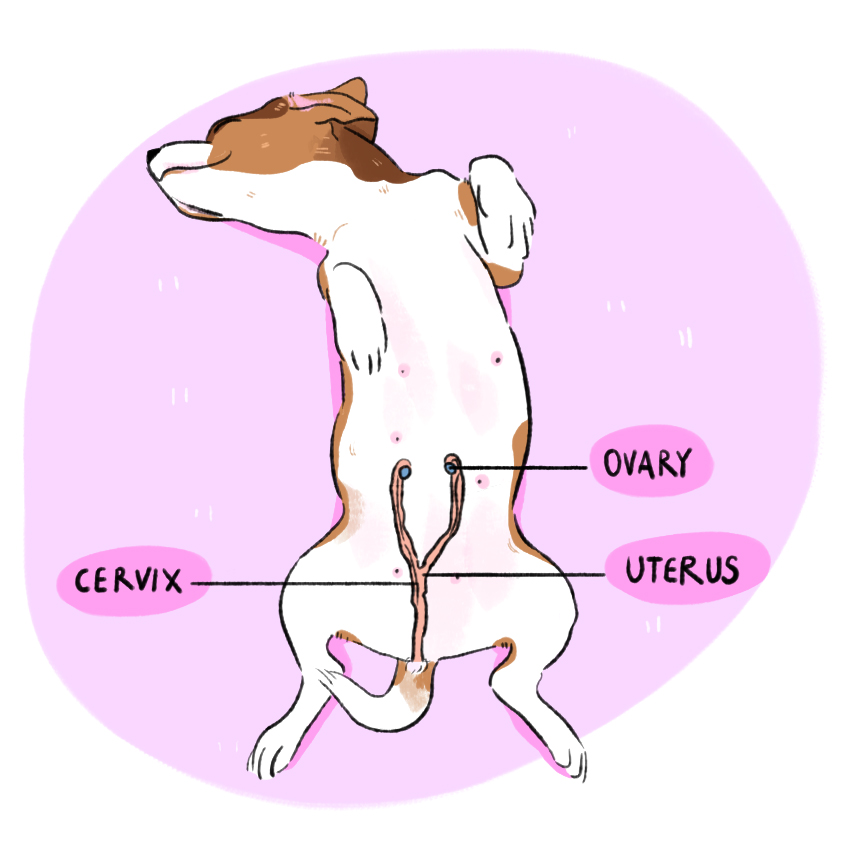
Female puppies are spayed, which means that the veterinarian removes parts of their reproductive system, including the dog’s ovaries and usually the uterus. When just the ovaries are removed, it’s called an ovariectomy. When both the ovaries and uterus are removed, it’s called an ovariohysterectomy.
During both procedures (an ovariectomy or an ovariohysterectomy), your puppy will first be put under general anesthesia. The vet will then make an incision in the animal’s abdomen and remove either the ovaries or both the ovaries and uterus. The incision will then be stitched up and your puppy will move onto the recovery stage.
Neutering
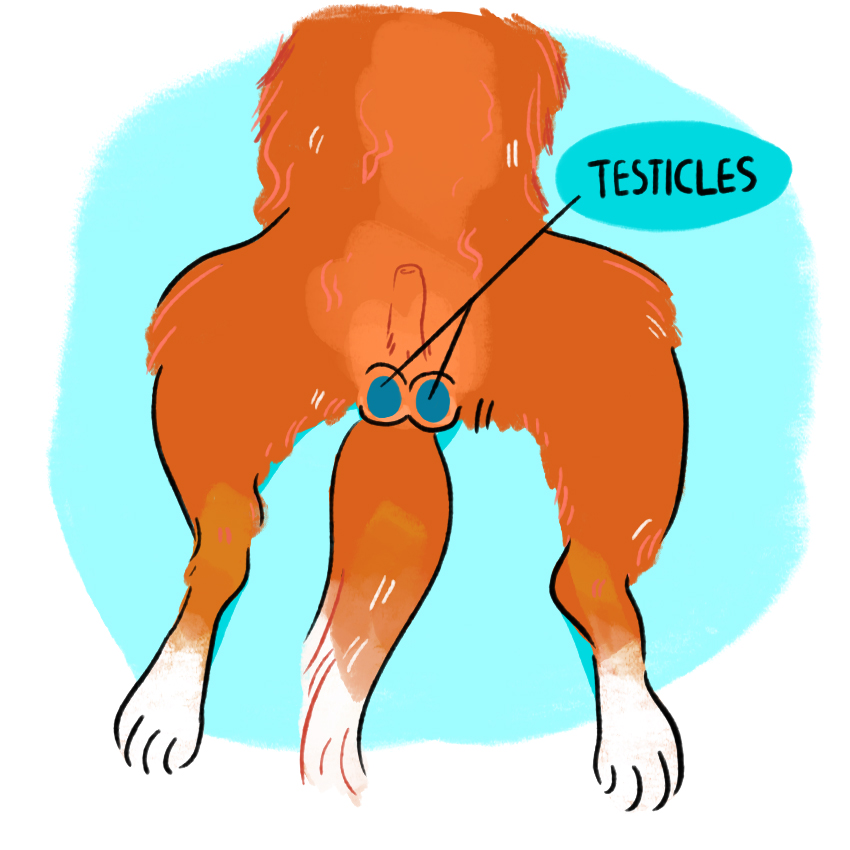
Male puppies are neutered, which means that the veterinarian removes their testes.
During the procedure, the vet will make an incision in the dog’s scrotum (the sack that holds the testes) and remove both testicles. The incision is then stitched up and your puppy will be ready to recover.
When To Spay Or Neuter Your Puppy

If you adopted your puppy when they were still just a few months old, then you should aim to have them spayed or neutered when they’re around 4 to 6 months of age or before a female animal’s first heat. However, different factors — such as your dog’s breed and size, their overall health, and your schedule (i.e., whether or not you have time to help your puppy properly recover from the procedure) — may mean that you’ll want to wait a little longer. It’s best to talk to your veterinarian to decide when it’s best for you to spay or neuter your particular puppy.
You can also spay or neuter an adult dog. Find more information on that below.
Before You Spay Or Neuter Your Puppy
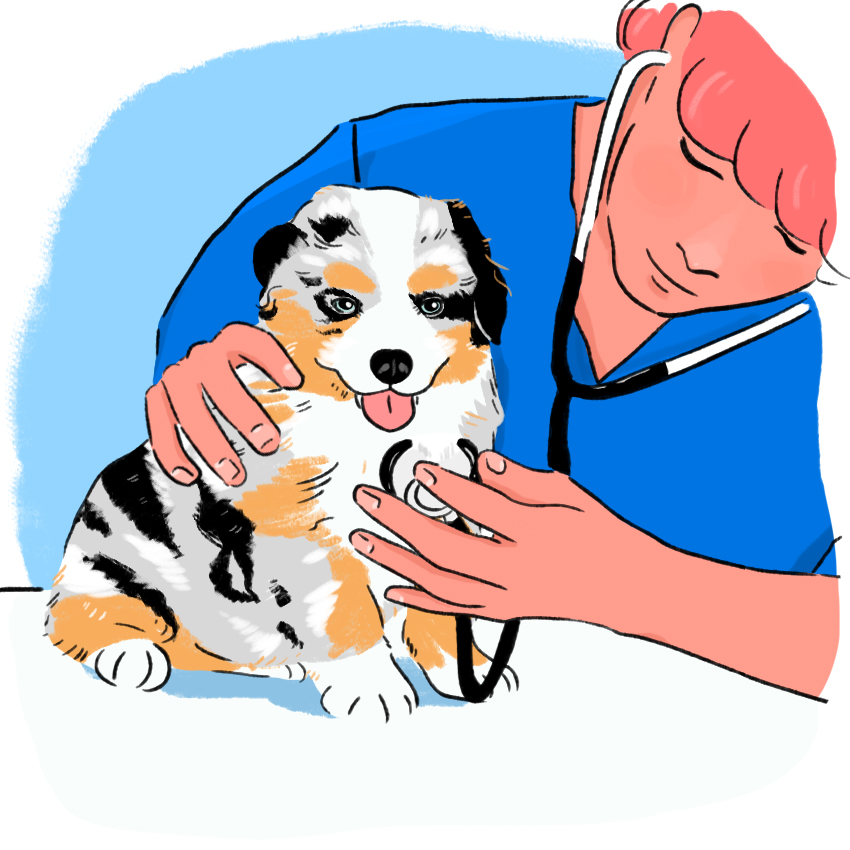
When your puppy is spayed or neutered, you’ll first want to make sure that they’re ready for the procedure. Along with being old enough, you’ll want to make sure that your puppy is healthy enough, big enough, and strong enough. That’s why you’ll want to provide your veterinarian with any and all medical information you have regarding your puppy’s health and family history. Make sure to have your vet give your pup a full checkup prior to being spayed or neutered.
Spaying An Adult Dog

If you have an adult or senior female dog that hasn’t been spayed, they can still have the procedure done safely. Being spayed will stop your older dog from reproducing and prevent them from going through heat again, and can reduce the risk of health problems just like younger animals.
In the same way they would for a puppy, your veterinarian will first give your adult dog a complete checkup to make sure that your pup isn’t dealing with any issues what might cause a problem. If things are good to go, then your vet may also use a few methods that will help your older dog through the process, such as reversible gas anesthesia and postsurgical care.
Neutering An Adult Dog
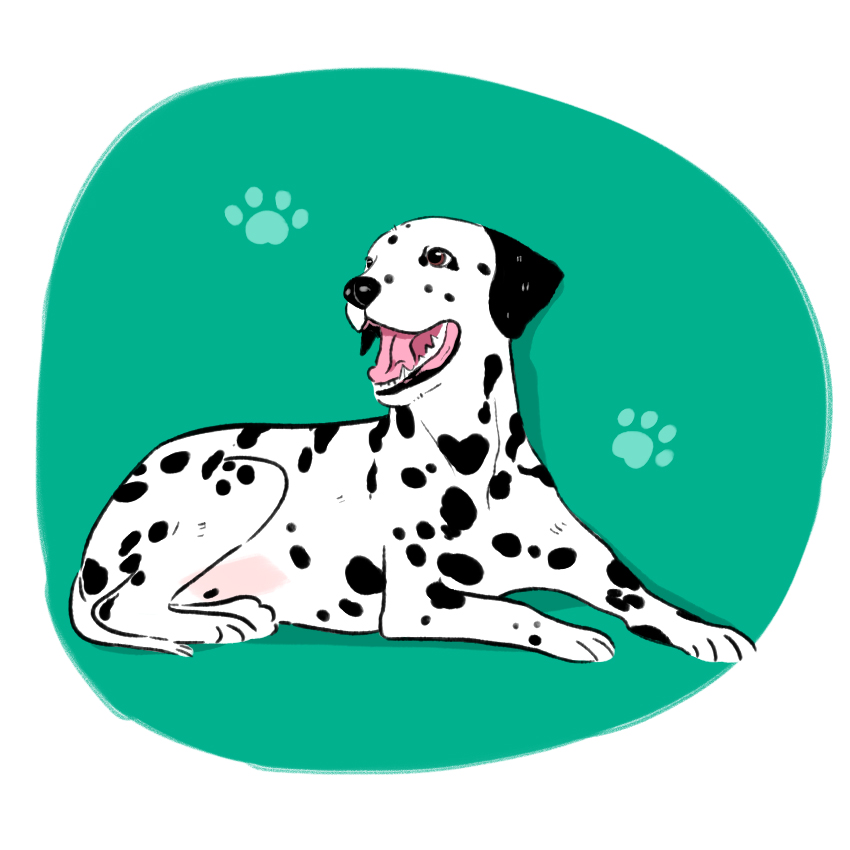
Just like spaying, if you have an adult or senior male dog that hasn’t been neutered, you can still have the procedure performed safely and effectively. Having your older dog neutered will prevent them from reproducing, help them avoid health issues, and calm their problematic behavior.
You’ll also want to have your veterinarian give your dog a full checkup before they're neutered. The vet may also consider using the same age-appropriate methods to help your dog through the process as mentioned above.
Recovery Time
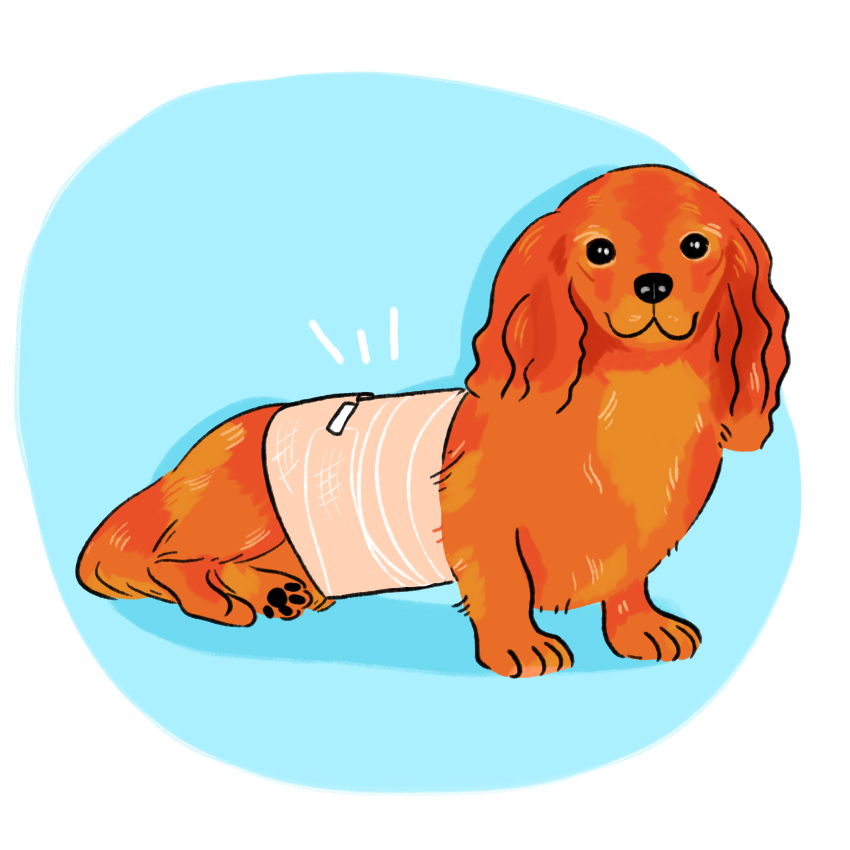
After your puppy (or adult dog) has been spayed or neutered, they will need time to recover.
When a dog is spayed, your veterinarian will usually keep them overnight to take care of their immediate needs and to make sure they’re recovering well. When your vet is confident that your pet is healing and handling pain medication, your pet will be sent home. Your puppy’s incision will be covered and your pet will be given a collar to keep them from licking or biting at their bandages or stitches. Your vet will likely then have you return in a week or two to check the incision, remove any remaining stitches, and make sure that your puppy is healing up.
If your puppy (or adult dog) has been neutered, your vet will monitor them for a few hours but you’ll likely be able to take your pet home the same day. Just like when a puppy is spayed, the incision will be covered and you’ll be given a protective collar that your pup will have to wear for a week or two while they heal. After their initial recovery period has passed, you’ll want to return to your vet to have them remove any remaining stitches and make sure everything has gone as expected.
How To Help Your Puppy Recover

Your puppy will likely be sore after their procedure, not to mention confused and upset, which is why you’ll want to keep them as comfortable as possible while they recover. You’ll also want to limit the amount of physical activity they get for about two weeks and hold off on giving them a bath or brushing around their incision during that same time.
After you’ve taken your puppy back to the veterinarian for a follow-up appointment, be sure to keep an eye on the incision area as it continues to heal.
Pain Management
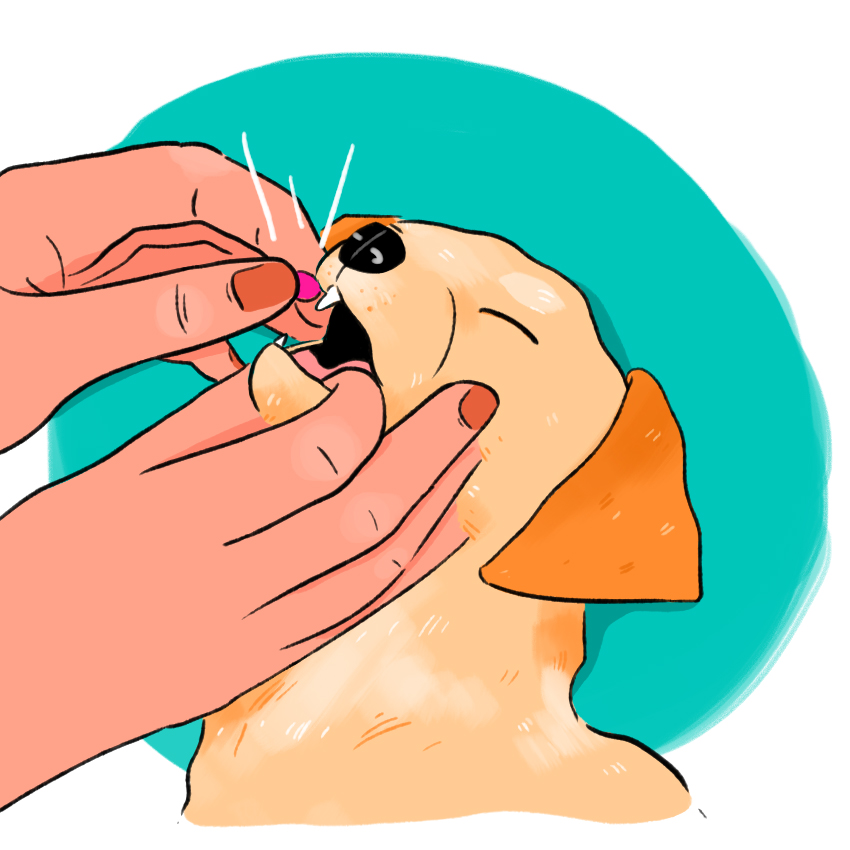
After the anesthesia used during the puppy’s procedure wears off, your veterinarian may suggest using additional medication to help your pet deal with any lingering pain. The type of medication prescribed (as well as the amount and length of time your dog will need it) will depend on a few factors, such as your dog’s breed, size, age, and overall health.
You can also help your pet minimize their pain by giving them a comfortable place to rest and recuperate as well as keeping them from engaging in vigorous activity which could irritate the area (both internally and externally) where the procedure was performed.
Checking The Incision
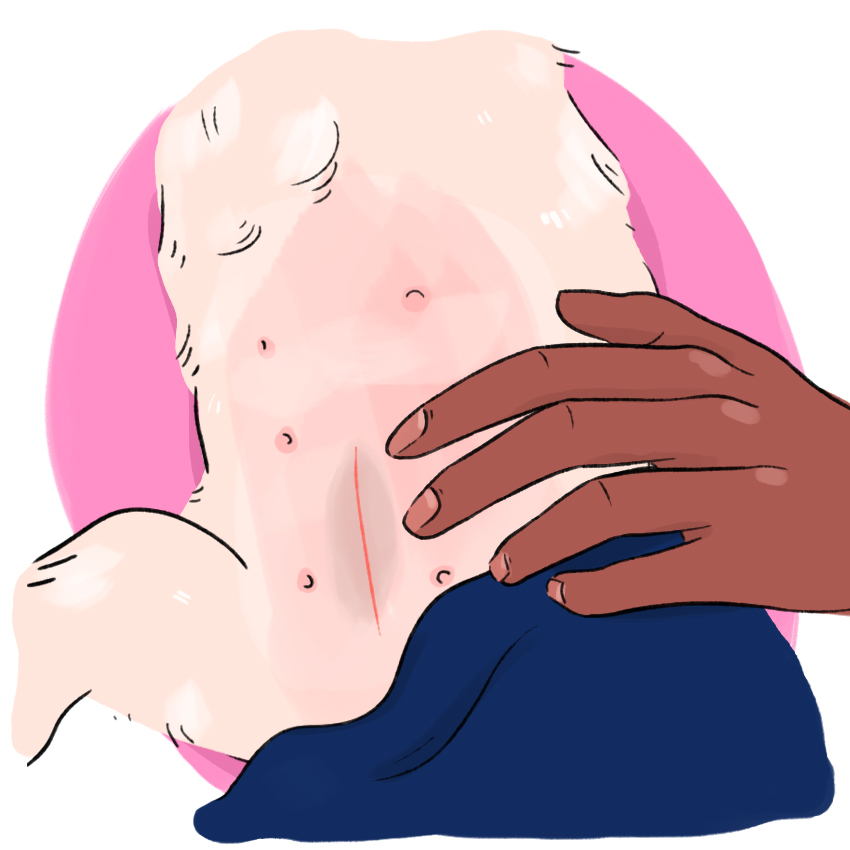
When you take your puppy home after they’ve been spayed or neutered, you’ll need to regularly check their incision to ensure that it’s healing properly, hasn’t torn open, and isn’t infected.
Once a day, you’ll want to gently remove your dog’s bandage and look for redness, swelling, and discharge. You’ll also want to make sure the incision is still securely together and hasn’t opened. And as unpleasant as it is, you’ll need to make sure that there isn't an icky odor coming from the area. If you notice any of these things, contact your veterinarian immediately. If the incision seems fine, then carefully apply a new bandage to the area.
When To Call The Vet
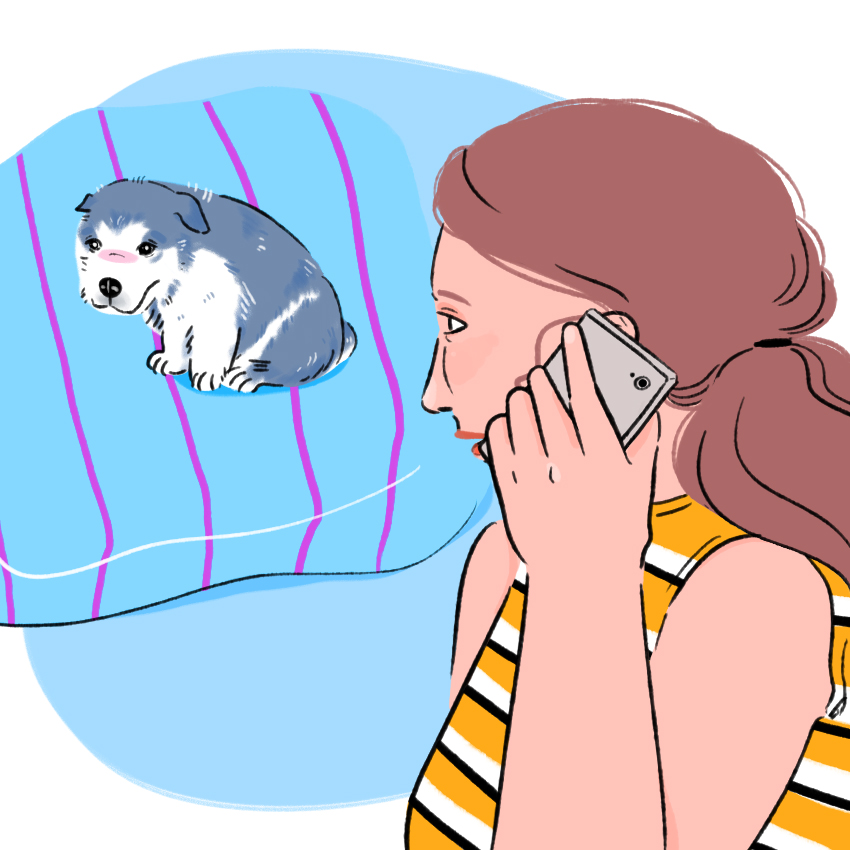
Along with calling your veterinarian if you notice the signs mentioned above — an incision that has become red, swollen or is releasing discharge or an unpleasant smell — you need to contact your vet as soon as possible if you notice that your puppy is in a lot of pain or their discomfort doesn’t seem to be easing up over time.
You’ll also want to reach out for help if your dog is refusing to eat, is lethargic or irritable, is vomiting, or has diarrhea.
Signs That Your Puppy Is On The Mend
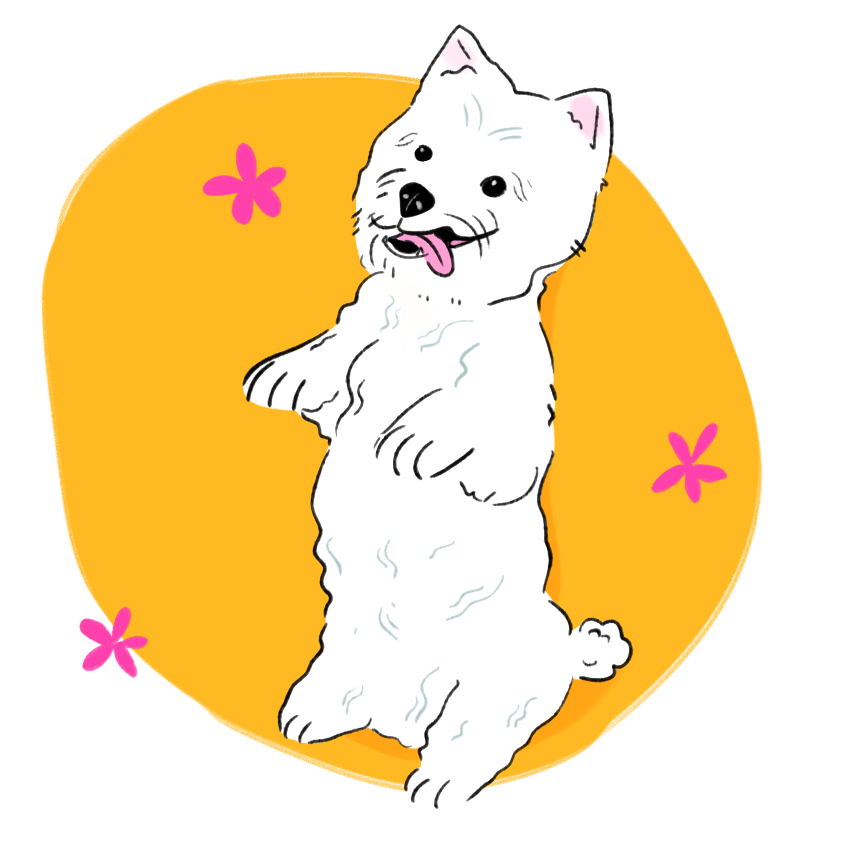
Although it may take a few days — or a full two weeks — for your puppy to start showing signs that they’re on the mend, your dog will likely begin to feel a tiny bit better as soon as you get them back to the comfort of their own home where they’re able to rest and heal.
If your puppy is starting to get up and walk around more often — and is doing so without whimpering or walking gingerly — and if they seem to have more energy and are interested in eating, then they’re likely beginning to shake off the effects of the procedure.
However, even if your dog is showing signs that they’re healing, don’t allow them to get too active too quickly or they may tear their incision or get an infection.
Give your pup as much time as they need as well as plenty of TLC after they’re spayed or neutered and they’ll likely be back to their adorable ways before you know it.


